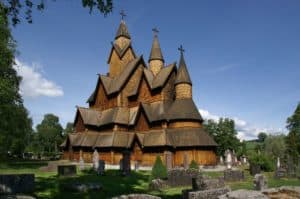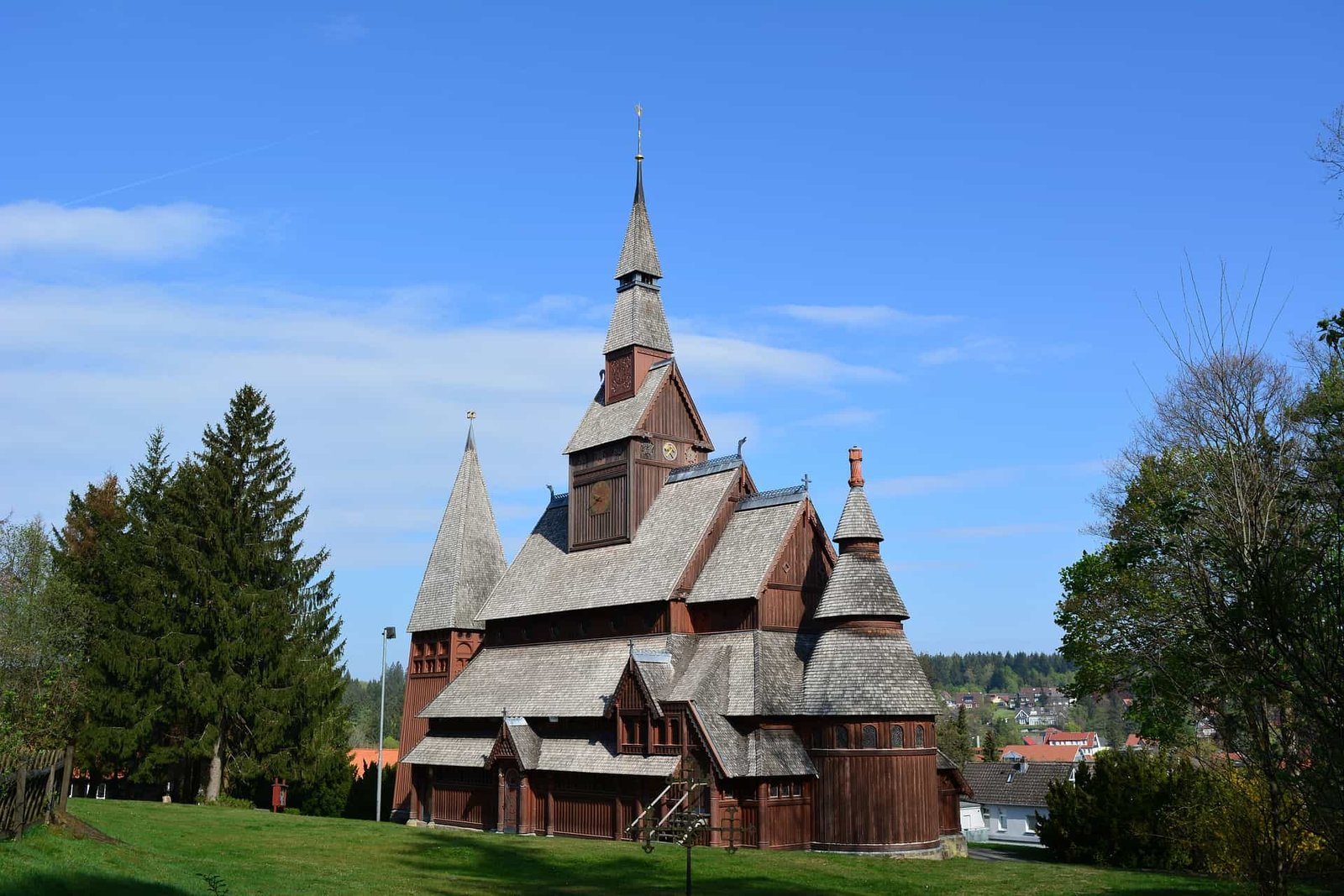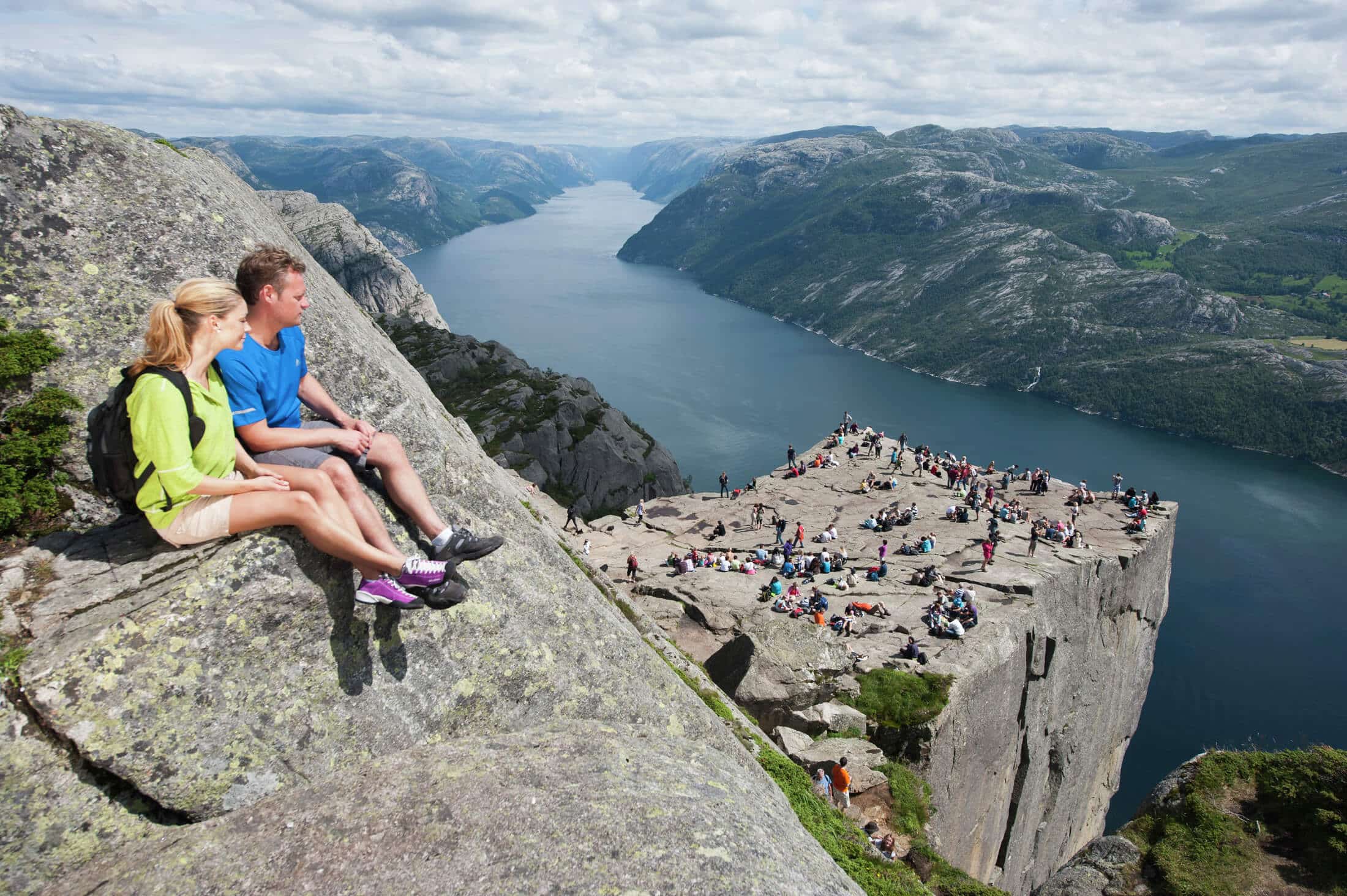The Stave Churches in Norway
The Stave churches are the most important examples of the European medieval architecture when we look at wooden constructions.
Most of the stave churches built in Norway during the Middle Ages were stave churches. Timber was the natural building material then- and is still the most common- Norwegians would still rather live in wooden houses. Through the Viking Age, boat construction developed the technique of building in wood into an art. This reached its peak in the stave churches. The stave churches is Norway’s most important contribution to European architecture.

Christianity introduced into Norway around the year 1000. A century later it must have been at least 750 stave churches in the country. Today there are about 30 back. It is almost unbelievable that so many is preserved. Other countries in northern Europe also had wooden churches in the middle Ages. Of them, there is no one still standing. Therefore, the Norwegian stave churches is guarded as the unique memory they are of yesterday’s architecture.
Disputed Origins
There are many types of stave churches, but common to them all is that they have a skeleton or framework of timber with wall planks standing on sills. These walls are known as stave walls. The original stave church had almost a square floor plan. Eventually it became more elongated, and you get a type of church with a central nave between two rows of columns and aisles outside these.
About the origin of the stave churches, there are different opinions. Some believe they have English churches as a model. Others argue that the stave churches are so distinctive that they must hang together with older Norse building traditions, and assume the stave churches is an adaptation of the ancient pagan temples to Christianity’s requirements. Everyone seems to agree that the stave churches eventually received impulses from European church architecture, and emphasizes the connection between the triple-nave Norwegian stave church and the Romanesque stone basilica.
Also drawn into this discussion is the ornamentation, woodcarvings in portals, columns and walls. The decorative animal ornamentation in the oldest churches somebody claims must have pre-Christian roots. Later replaced with the Romanesque motifs and the classical stave church porch with its interlacing of vine and drake designs




